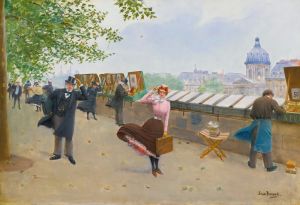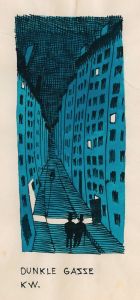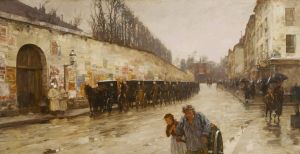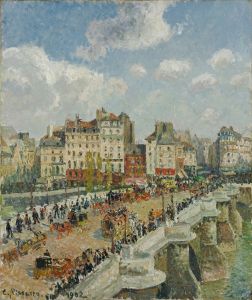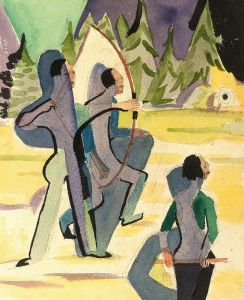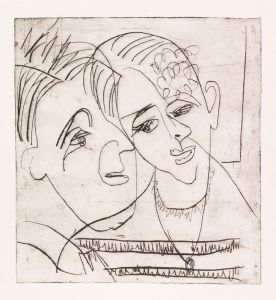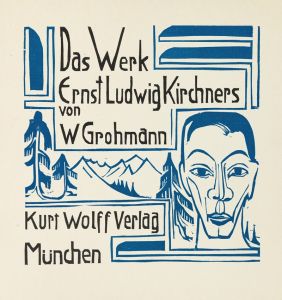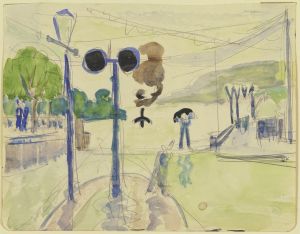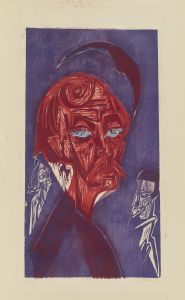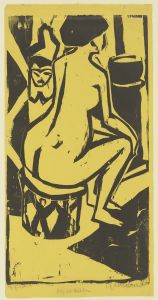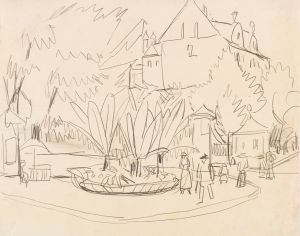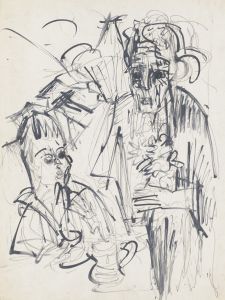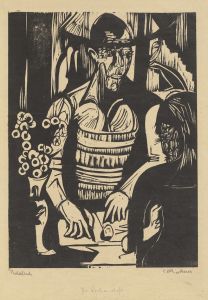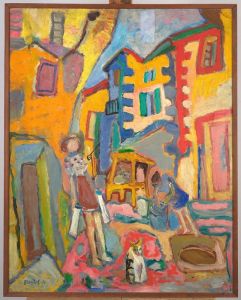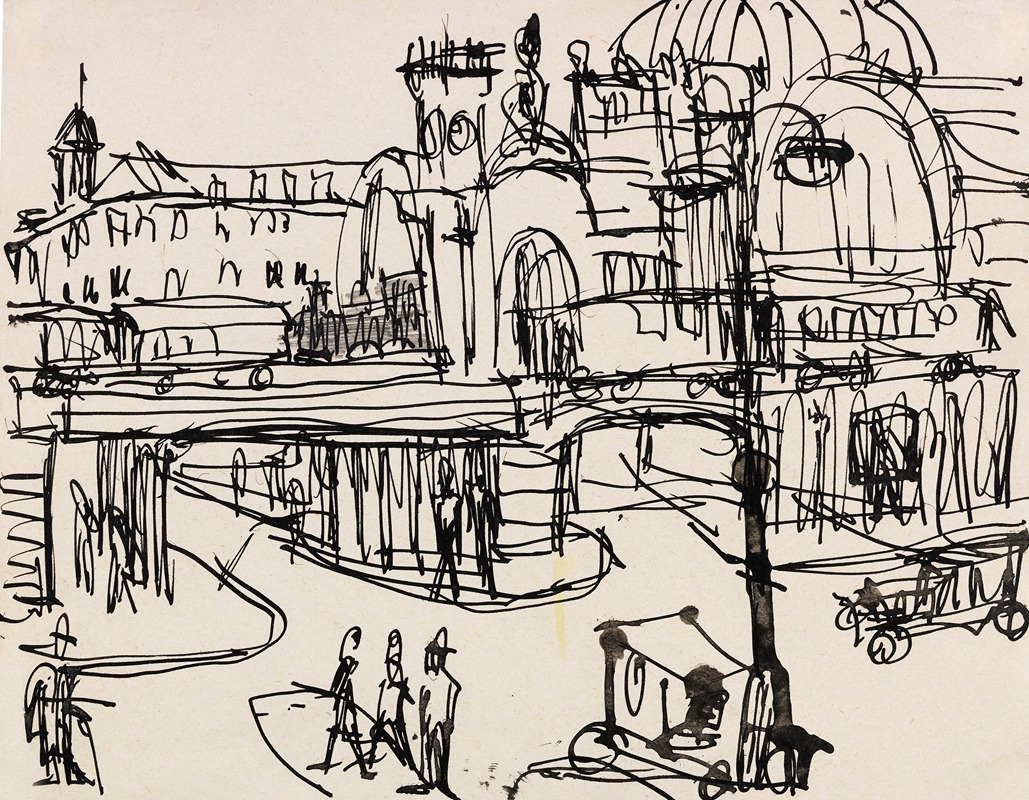
Hauptbahnhof in Dresden
A hand-painted replica of Ernst Ludwig Kirchner’s masterpiece Hauptbahnhof in Dresden, meticulously crafted by professional artists to capture the true essence of the original. Each piece is created with museum-quality canvas and rare mineral pigments, carefully painted by experienced artists with delicate brushstrokes and rich, layered colors to perfectly recreate the texture of the original artwork. Unlike machine-printed reproductions, this hand-painted version brings the painting to life, infused with the artist’s emotions and skill in every stroke. Whether for personal collection or home decoration, it instantly elevates the artistic atmosphere of any space.
"Hauptbahnhof in Dresden" is a painting by the German expressionist artist Ernst Ludwig Kirchner. Kirchner, born on May 6, 1880, in Aschaffenburg, Germany, was a founding member of the artist group Die Brücke (The Bridge), which played a pivotal role in the development of Expressionism in the early 20th century.
The painting depicts the bustling scene of the main railway station (Hauptbahnhof) in Dresden, a city that held significant importance in Kirchner's life and career. Dresden was not only the place where Die Brücke was founded in 1905 but also a major cultural and artistic hub in Germany at the time. The station itself, a symbol of modernity and industrial progress, serves as a backdrop for Kirchner's exploration of urban life and human interaction.
Kirchner's style in "Hauptbahnhof in Dresden" is characterized by bold colors, dynamic compositions, and a sense of movement that captures the energy and chaos of the urban environment. The painting reflects the influence of both Post-Impressionism and Fauvism, with its vivid palette and expressive brushwork. Kirchner's work often focused on the psychological and emotional experiences of individuals within the modern city, and this painting is no exception.
In "Hauptbahnhof in Dresden," Kirchner employs a somewhat distorted perspective and elongated forms to convey the frenetic pace and disorienting nature of the train station. The figures in the painting appear to be in constant motion, emphasizing the transient and fleeting moments of urban life. This approach is typical of Kirchner's work during this period, as he sought to capture the essence of contemporary existence through his unique artistic vision.
The painting is also notable for its social commentary. Kirchner was deeply affected by the rapid changes and industrialization of early 20th-century Germany. His depiction of the Hauptbahnhof can be seen as a reflection on the alienation and anonymity experienced by individuals in the modern metropolis. The crowded scene, with its faceless figures and mechanical environment, suggests a sense of isolation despite the proximity of so many people.
Ernst Ludwig Kirchner's career was marked by both critical acclaim and personal struggles. He served in World War I, which had a profound impact on his mental and physical health. After the war, Kirchner moved to Switzerland, where he continued to paint but struggled with depression and illness. His work was later condemned by the Nazi regime as "degenerate art," and many of his pieces were removed from German museums. Kirchner tragically took his own life on June 15, 1938.
"Hauptbahnhof in Dresden" remains an important example of Kirchner's contribution to the Expressionist movement and his ability to capture the complexities of modern urban life. The painting is a testament to his innovative style and his keen observations of the world around him. Today, Kirchner's works are celebrated for their emotional depth and their pioneering role in the development of modern art.





